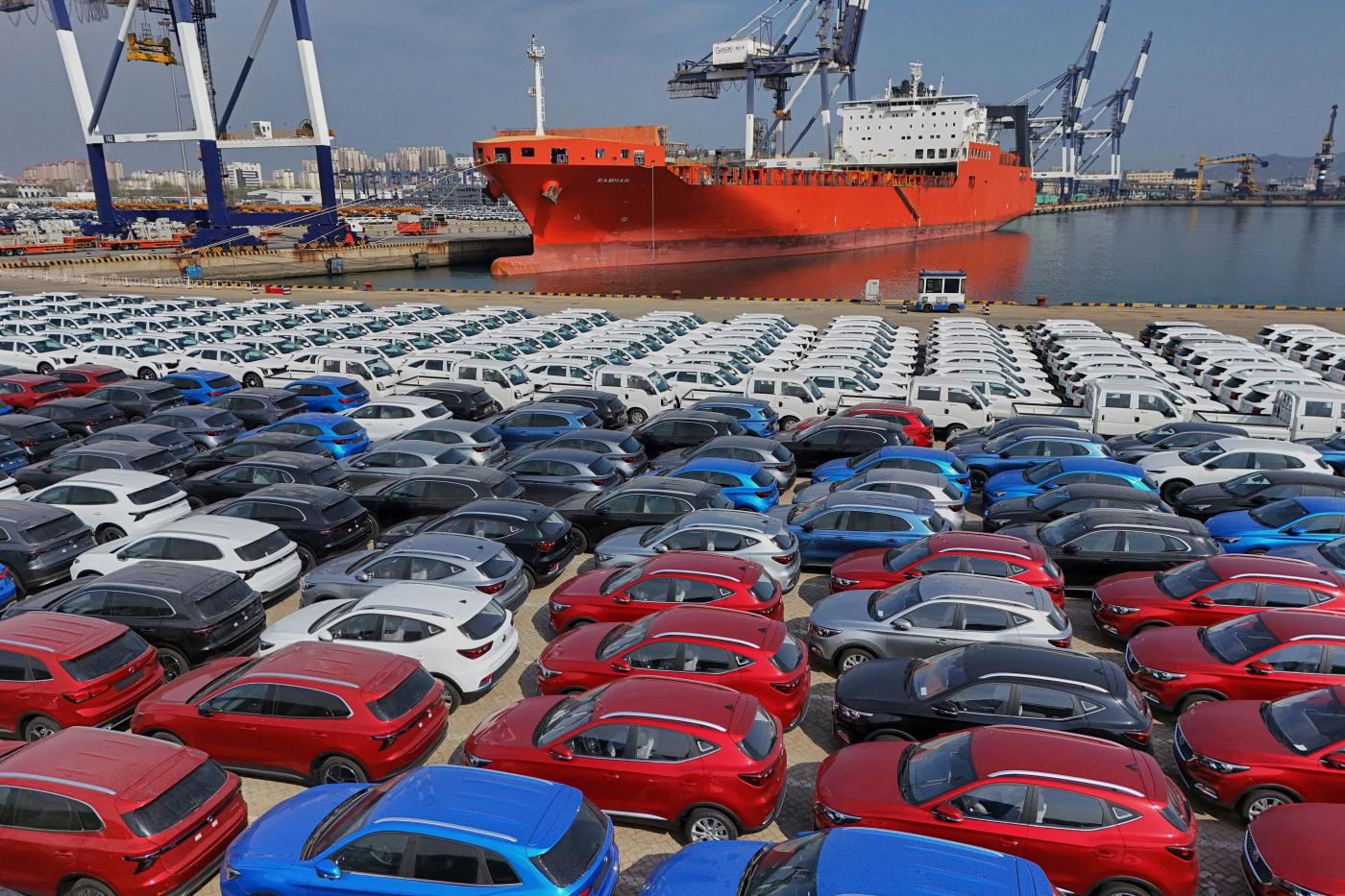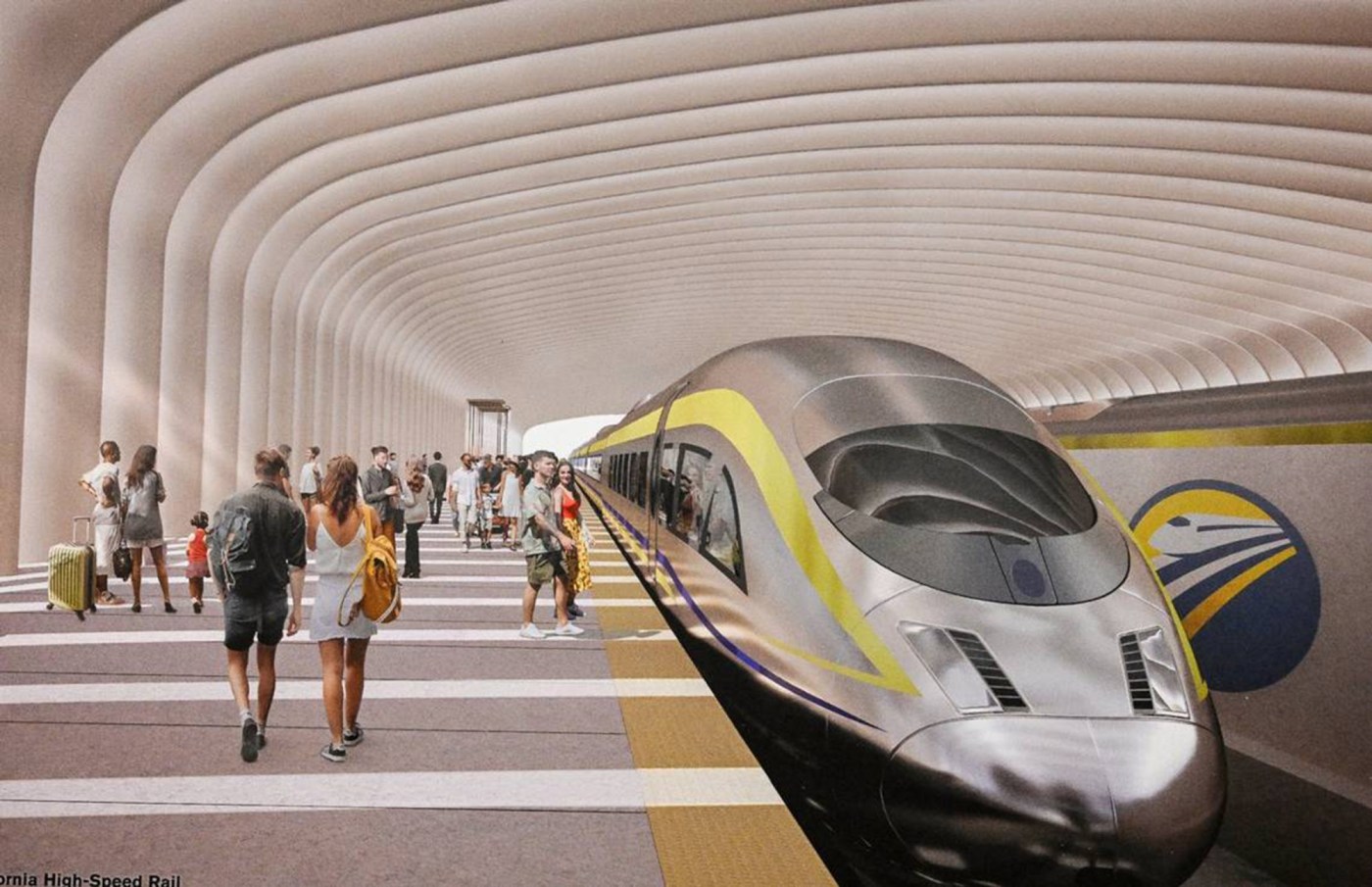After two trips to China in the past four months, I’ve been trying to say this every way I know how: Folks, you just don’t understand.
COVID had terrible effects on human health and mortality, but it also had a terrible effect on our ability to understand China. American and European business executives left China in droves at the start of the pandemic. Very, very few of them ever went back. They entrusted their China businesses to local managers. While they were gone, Beijing took a great leap forward in advanced manufacturing that the world missed. It has created a manufacturing engine the likes of which may never have been seen in history.
China controls one-third of all global manufacturing (up from 6% in 2000), and whether you are talking about cars or robots or phones, what is coming out of China today is not just cheaper and faster. It is cheaper, faster, better and smarter — and it is all about to be dramatically supercharged by China’s headlong rush to put artificial intelligence into everything it makes.
This engine is the product of decades of massive government investments in education, infrastructure and research, behind walls of protection — in a society where people are ready to work from 9 a.m. to 9 p.m., six days a week. While China was building that, America’s biggest new industry was political polarization and getting its children addicted to TikTok and Instagram.
A tsunami of exports
From my newsroom colleague Keith Bradsher’s article from China on Monday:
“Recent data from China’s central bank shows that state-controlled banks lent an extra $1.9 trillion to industrial borrowers over the past four years. On the fringes of cities all over China, new factories are being built day and night, and existing factories are being upgraded with robots and automation. China’s investments and advances in manufacturing are producing a wave of exports that threatens to cause factory closings and layoffs not just in the United States but also around the globe. ‘The tsunami is coming for everyone,’ said Katherine Tai, who was the United States Trade Representative for former President Joseph R. Biden Jr.”
That is why President Donald Trump’s strategy is so foolish. Instead of putting tariffs on the whole world, we should be looking to line up all our industrial allies in a united front to say to China: You cannot make everything for everyone. While China controls one-third of global manufacturing production, it accounts for only 13% of global consumption. That is not sustainable — and it is not just freaking out the U.S. and Europe but also Brazil, Indonesia, India and others; even Russia has suddenly cut back on auto imports from China.
Instead of making our strategy America against the whole world on tariffs, Trump should have made it all the industrial democracies, led by America, against China.
The purpose would be to effectively negotiate a way forward that both compels China to redirect its energies inward — to investing in its meager social safety net and health care system and stimulating its domestic demand — while inviting China to build new factories, not in Hanoi, Vietnam, but in Hamtramck, Michigan, and to transfer its technologies and supply chains to us in 50-50 joint ventures.
Time is running out
Related Articles
The Latest: Asia and European shares sink as US tariffs take effect
As China and the US spar, countries brainstorm over how to cope with the trade war
Think twice before bailing out of the stock market, financial advisers say
China punches back as world weighs how to deal with higher US tariffs
This is the dubious way Trump calculated his ‘reciprocal’ tariffs
Unfortunately, our president and vice president were so busy flexing their muscles in Greenland, firing our top generals for not being sufficiently slavish to our Dear Leader and insulting our European allies for being too woke that they have squandered the leverage we needed to deal effectively with this formidable Chinese engine.
But here is what America’s business leaders really don’t understand: Trump and Vice President JD Vance have freaked out China and the European Union by their erratic behavior. When they see a U.S. president just ignore a trade agreement with Mexico and Canada — the United States-Mexico-Canada Agreement — that he himself negotiated, they ask themselves: How can we trust any deal we cut with him? This could drive China and the EU closer together.
I hear my fellow Americans say: We just have to get to the midterms and have the Democrats regain the House, and we will be OK. Sorry, folks, we cannot wait that long. Another 20 months or so of this erratic leadership, and our country will be irredeemably broken. We need a handful of Republicans in the House and the Senate — right now — to cross the aisle and put a stop to this devastating man-made economic disaster.
Thomas Friedman is a New York Times columnist.





